Cleveland Health Commissioner announced the city had about 500 influenza cases
By Oct. 7, 1918, Cleveland Health Commissioner Rockwood announced the city had about 500 influenza cases. This led…
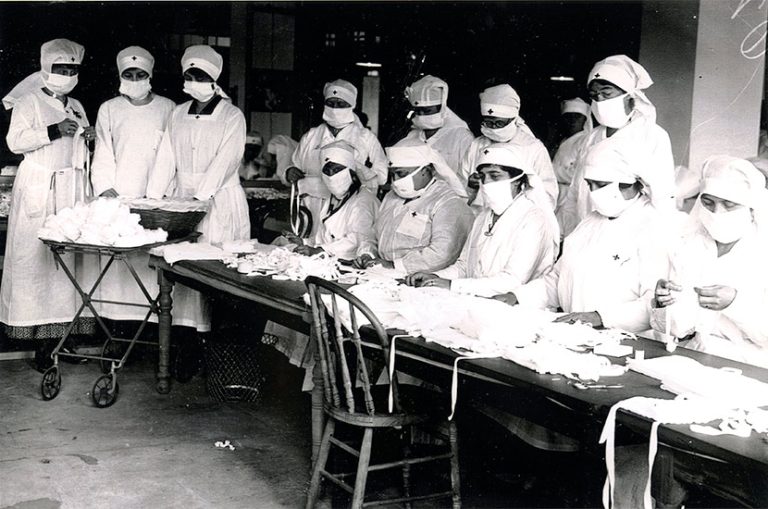
By Oct. 7, 1918, Cleveland Health Commissioner Rockwood announced the city had about 500 influenza cases. This led…
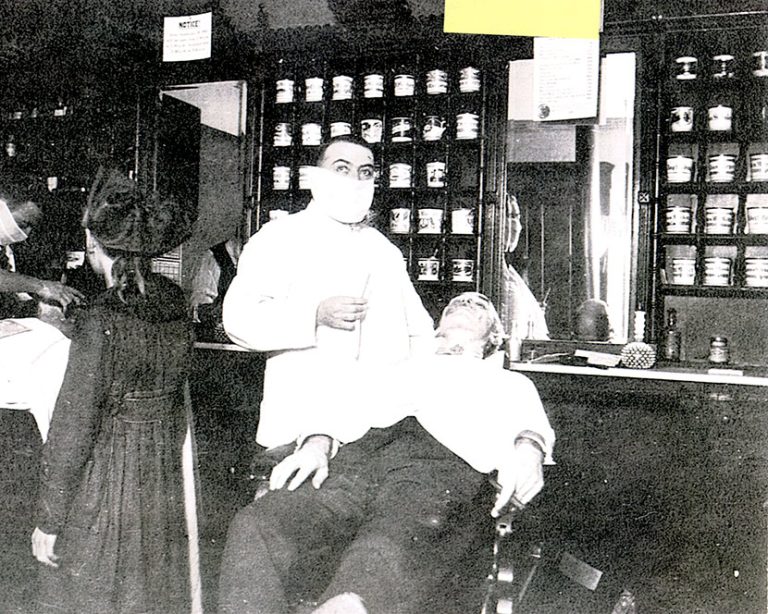
On Oct. 5, 1918, with 4,000 estimated influenza cases in the city, the Cincinnati mayor, health, and education…
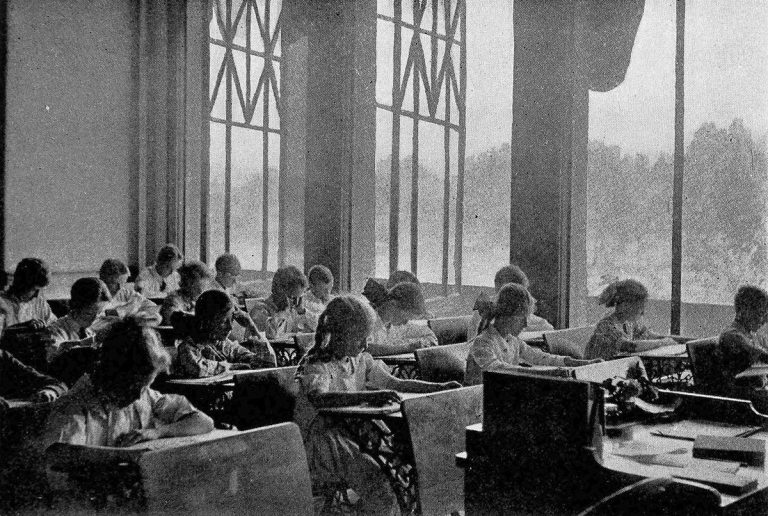
On Oct. 4, 1918, Cleveland City Director of Public Welfare Lamar T. Beeman directed Health Commissioner Rockwood to…
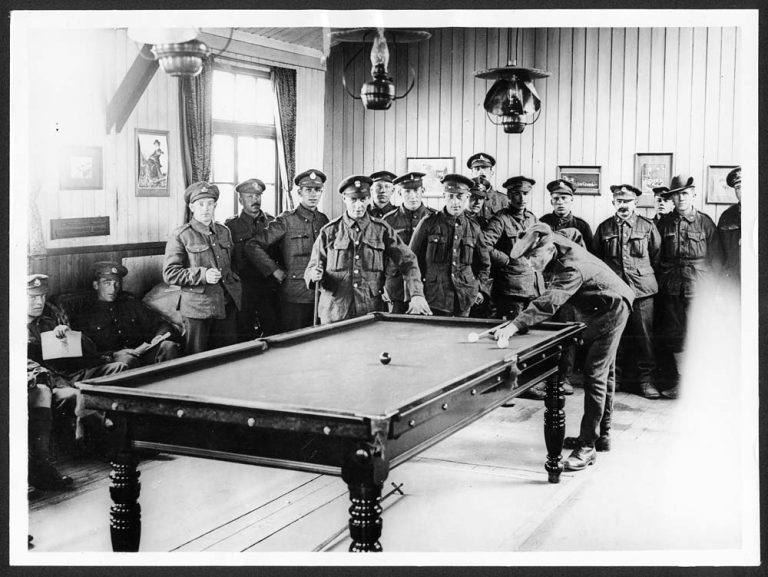
On Oct. 3, 1918, Cincinnati Health Officer Dr. William H. Peters responded to the influenza threat by enacting…
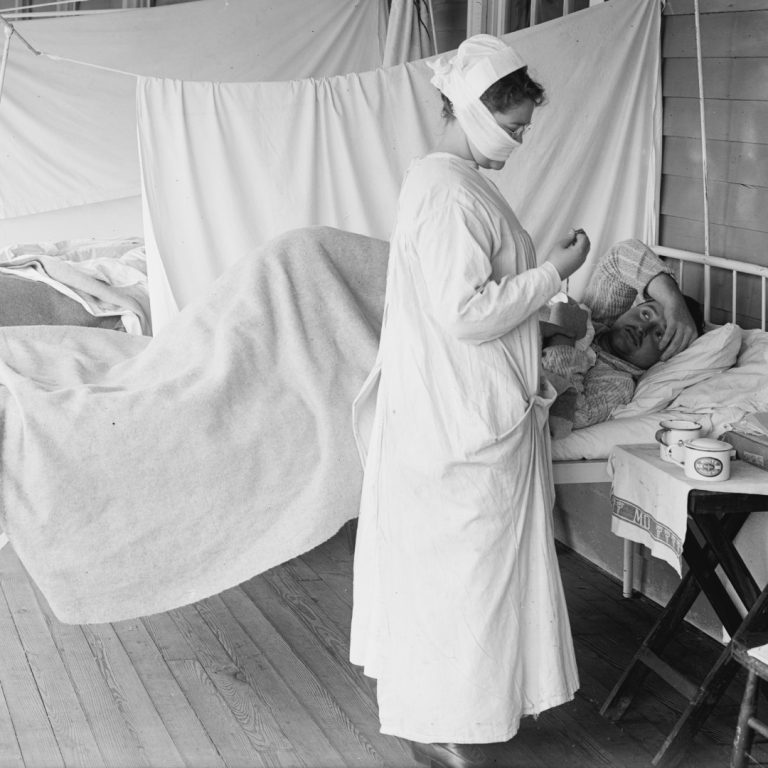
By the end of 1918, 3.5% of Cleveland’s population had contracted either influenza or developed pneumonia. 3,600 people…
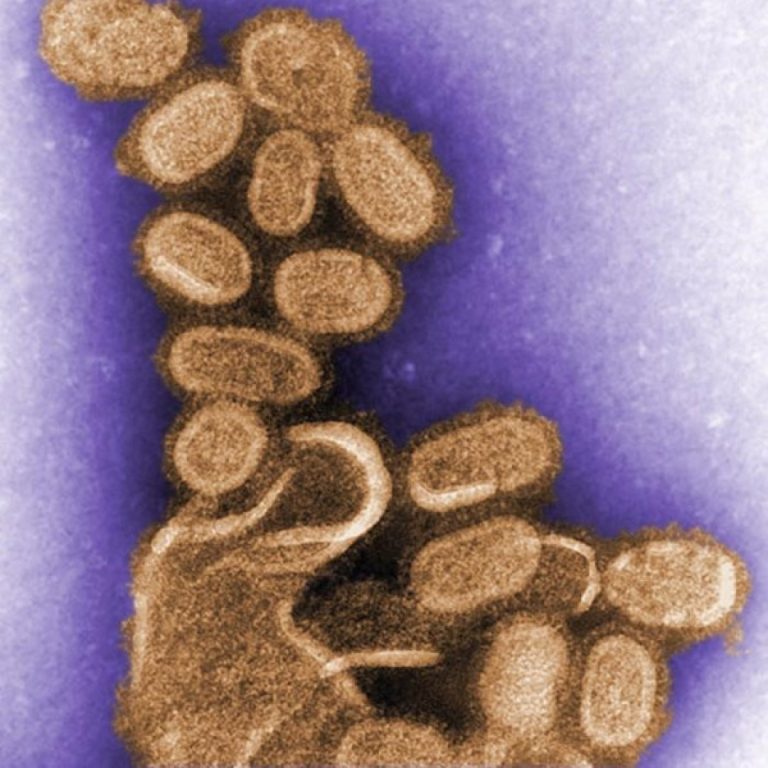
In 1918, by the end of the influenza epidemic in Cincinnati, the death toll had reached 1700 from…
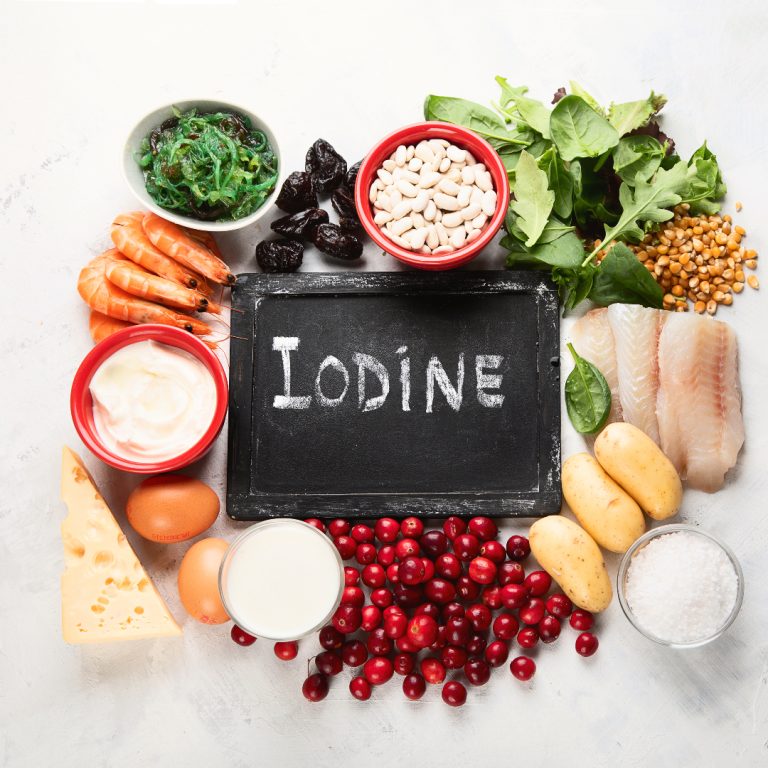
In 1917, David Marine, a U.S. physician in Ohio, and his colleagues initiated an iodine prophylaxis program in…
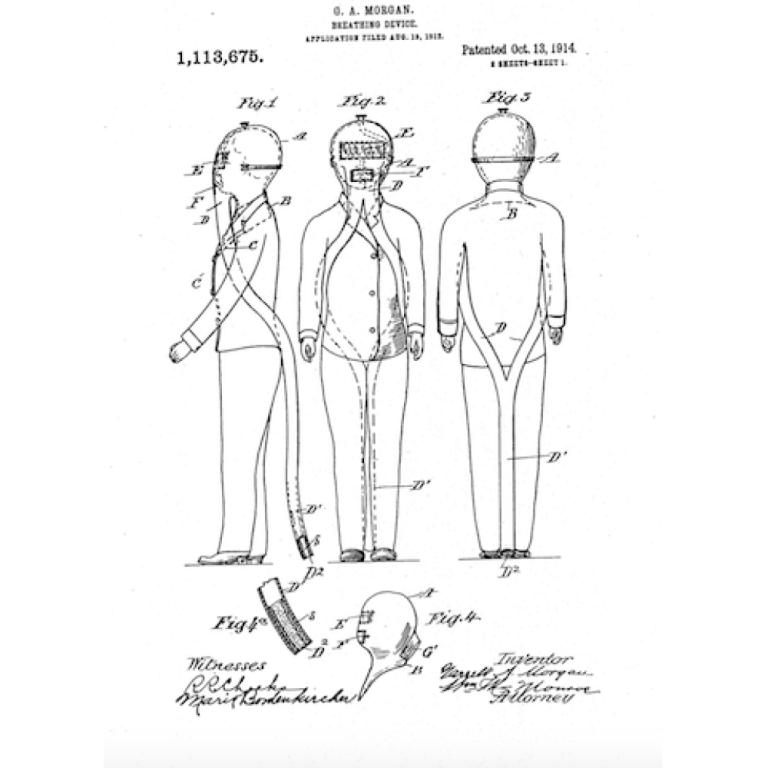
In 1914, Garrett Augustus Morgan, a prolific inventor, submitted a patent for the first gas mask. Morgan’s first…
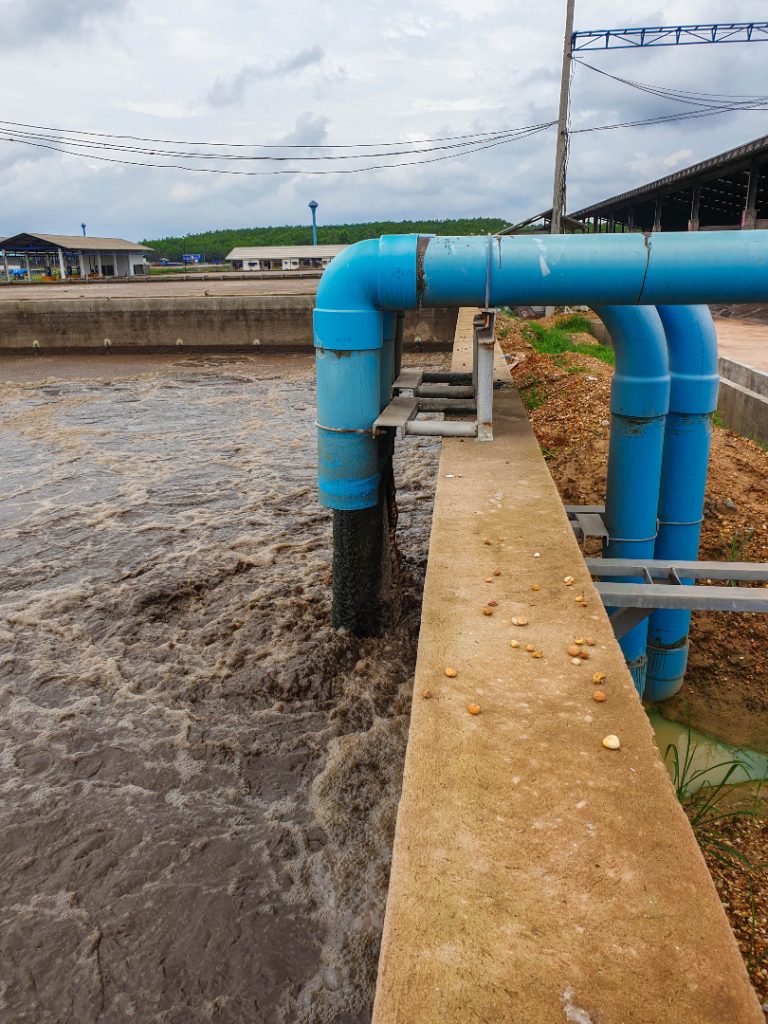
In 1913, Earle B. Phelps in the Division of Chemistry conducted a series of studies on water pollution…
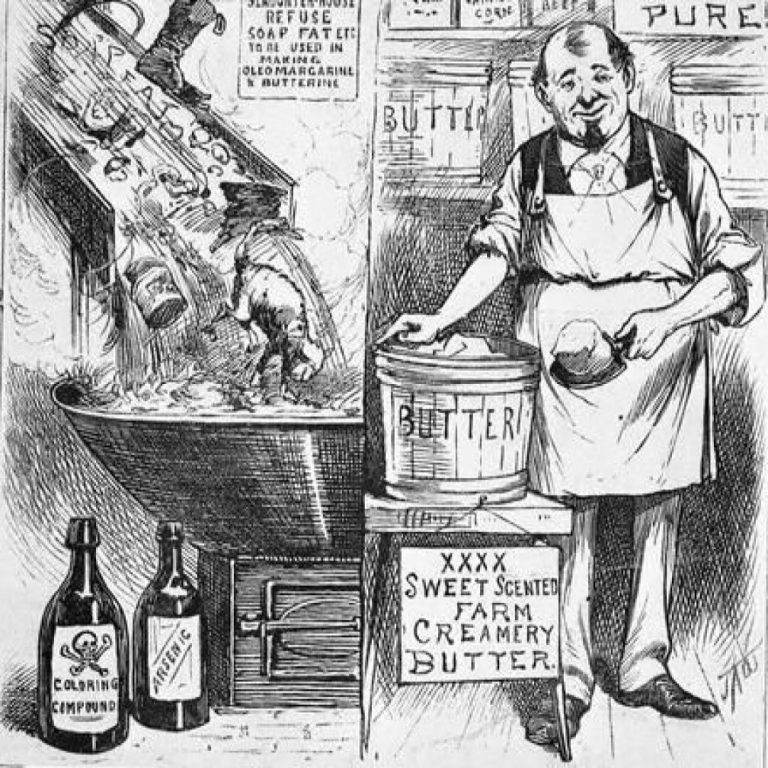
On Aug. 2. 1886, the U.S. Congress passed the Oleomargarine Act which among other things, directed the Secretary…
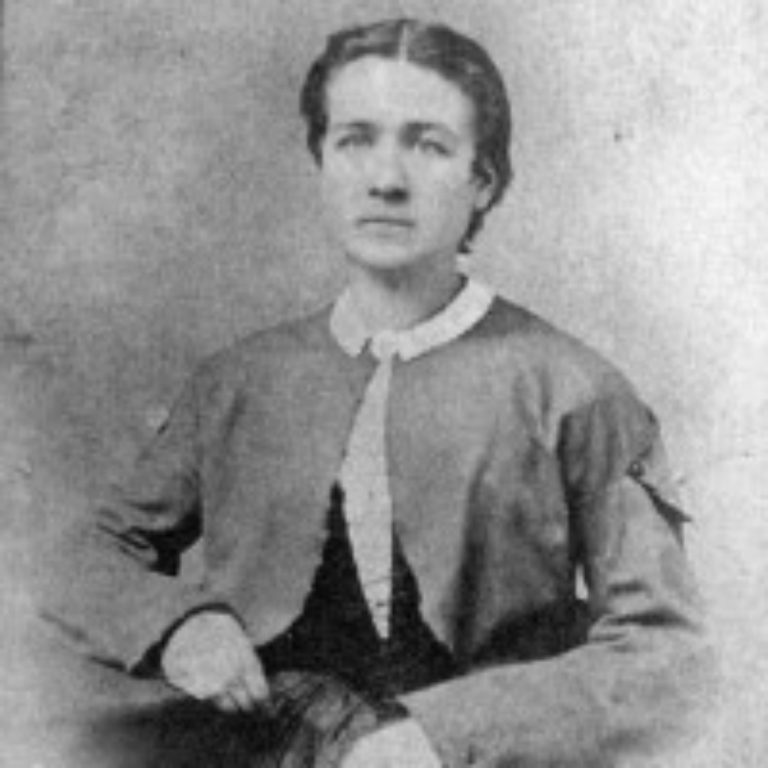
In 1866, Lucy Hobbs became the first woman in the world to receive a doctorate in dentistry. She…
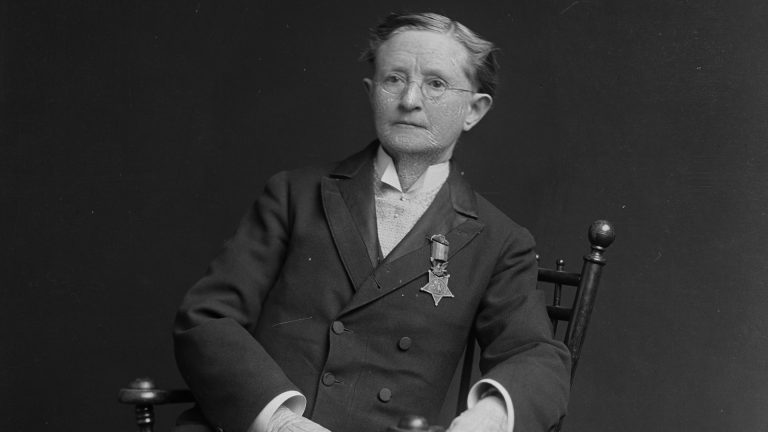
In Sept. 1863, Mary Edwards Walker was employed as a “Contract Acting Assistant Surgeon” by the Army of…